Non-Revenue Water: Extending Asset Life and Deferring Capital Expenditure
Non-Revenue Water: Extending Asset Life and Deferring Capital Expenditure
NRW & Capital Expenditure
NRW & Capital Expenditure
Introduction
Non-revenue water (NRW) management plays a vital role in maximizing the lifespan of water utility assets while deferring the need for significant capital expenditure. By effectively addressing NRW, water utilities can optimize their infrastructure, reduce maintenance and replacement costs, and extend the life of their assets. This article explores how NRW management contributes to asset longevity and the advantages it brings in terms of deferring capital expenditure.
Infrastructure Optimization: Minimizing Stress on Assets
Efficient NRW management helps reduce stress on water utility assets, such as pipelines, valves, and pumps. By detecting and repairing leaks promptly, utilities prevent unnecessary strain on the infrastructure, avoiding premature wear and tear. This proactive approach minimizes the risk of asset failure, extending their operational life and reducing the need for costly replacements or major repairs.
Enhanced Maintenance Planning: Data-Driven Decision Making
NRW management programs often involve comprehensive data collection and analysis, enabling utilities to gain insights into the condition and performance of their assets. By monitoring NRW levels and conducting leakage assessment surveys, utilities can identify vulnerable areas in their network and prioritize maintenance efforts. Timely repairs and proactive asset management based on accurate data help prevent larger issues, optimize maintenance planning, and increase asset lifespan.
Efficient Resource Allocation: Financial Sustainability
Addressing NRW allows water utilities to allocate their resources more effectively. By reducing water losses and optimizing infrastructure performance, utilities can free up financial resources that would otherwise be allocated for repairs, replacements, or new capital investments. These savings can be reinvested into maintenance programs, system upgrades, or other strategic initiatives, ensuring the long-term financial sustainability of the utility and extending the life of assets.
Deferring Capital Expenditure: Cost Savings and Future Planning
Effective NRW management can defer the need for significant capital expenditure. By minimizing water losses, utilities can optimize their existing infrastructure, reducing the immediate necessity for extensive system expansions or upgrades. This deferral of capital expenditure provides utilities with more time to plan and strategize for future investments, allowing for a more phased and financially sustainable approach to asset management and infrastructure development.
Sustainability and Environmental Benefits
NRW management aligns with sustainability goals, minimizing the environmental impact of water utilities. By reducing water losses, utilities conserve precious water resources and reduce energy consumption associated with water treatment and distribution. This sustainable approach contributes to environmental stewardship, promoting a greener and more resilient water sector.
Conclusion
Non-revenue water management is not only essential for conserving water resources but also brings significant advantages in terms of asset longevity and deferred capital expenditure. By addressing NRW, water utilities can optimize their infrastructure, extend the operational life of assets, and reduce the need for costly repairs or replacements. The efficient allocation of resources, data-driven decision-making, and enhanced maintenance planning all contribute to the financial sustainability of utilities. Additionally, by deferring capital expenditure, utilities have the opportunity to plan strategically for future investments, ensuring long-term infrastructure resilience. As the water sector strives for efficiency, sustainability, and cost-effectiveness, NRW management emerges as a crucial factor in achieving these goals while maximizing the lifespan of valuable water utility assets.
